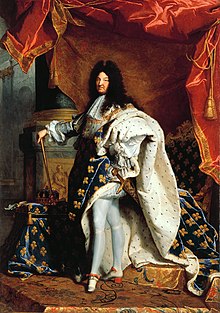Our website is made possible by displaying online advertisements to our visitors.
Please consider supporting us by disabling your ad blocker.
Absolute monarchy


An absolute monarchy is a form of monarchy where one person, usually called a monarch (or king or queen) holds absolute power. It is in contrast to constitutional monarchy, which is restrained or controlled by other groups of people. Controllers may be an entity such as clergy, lawmakers, social elites or a written constitution.
One nation though, The Kingdom of Denmark-Norway, had the absolute rule of the monarch written in a constitution named "The King's Law" (Kongeloven).
A significant number of monarchs were previously absolute rulers within their kingdom, but after the French Revolution (end-18th century) it became ever more common for monarchs to be limited by a constitution.
Nowadays, there are a few absolute monarchies that have been preserved. Some of these remaining absolute monarchies can be found among Arab countries.
Previous Page Next Page


